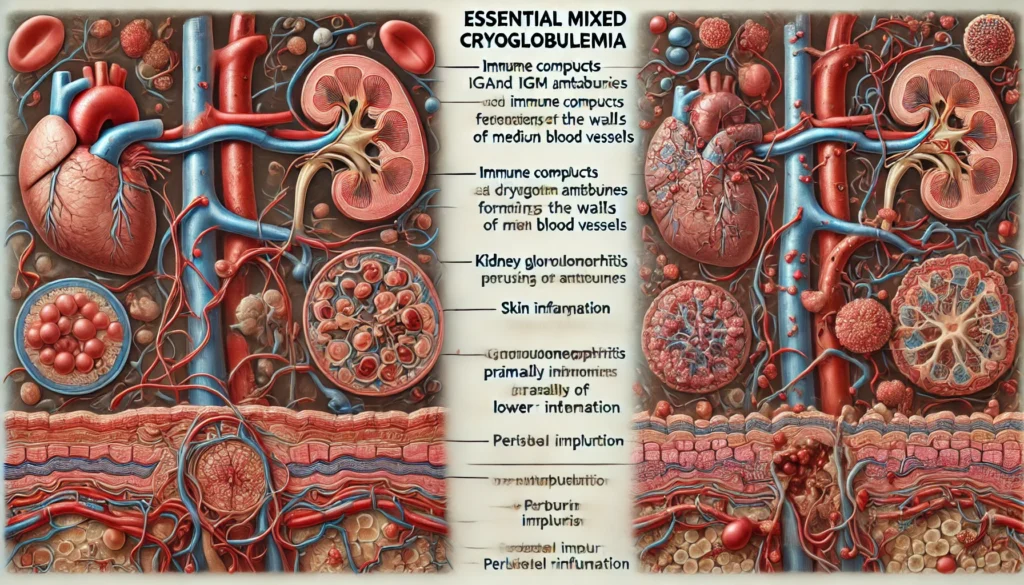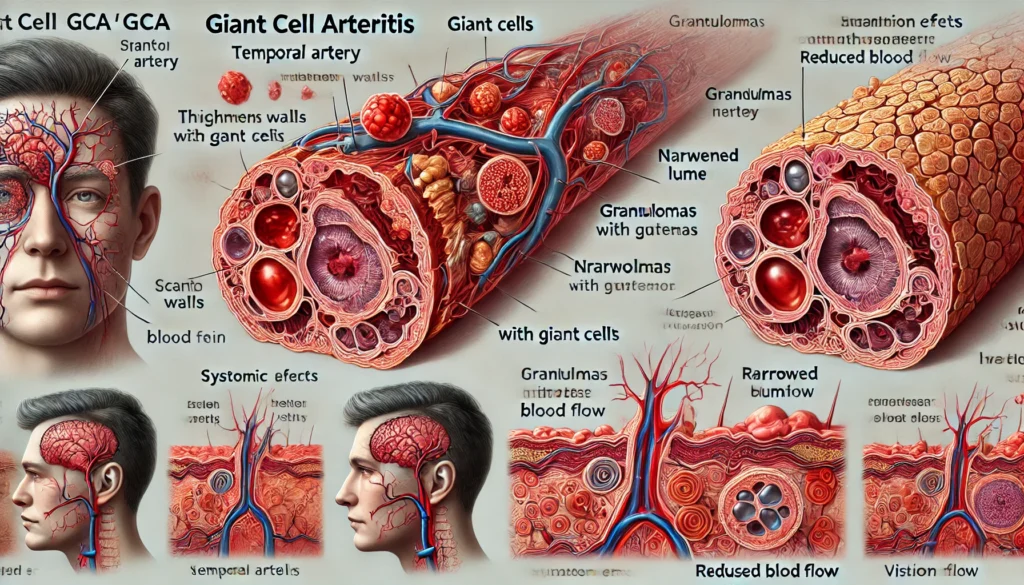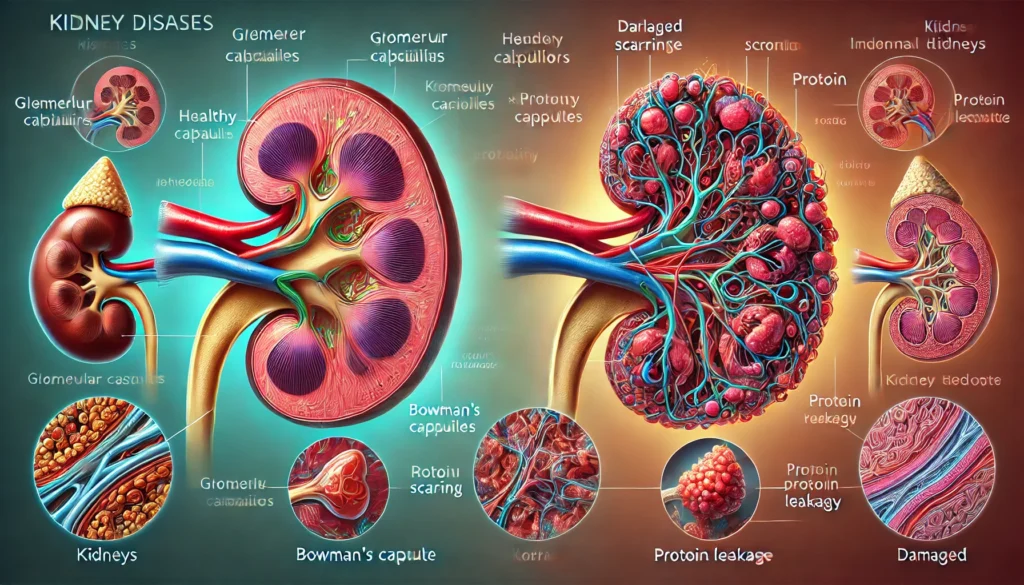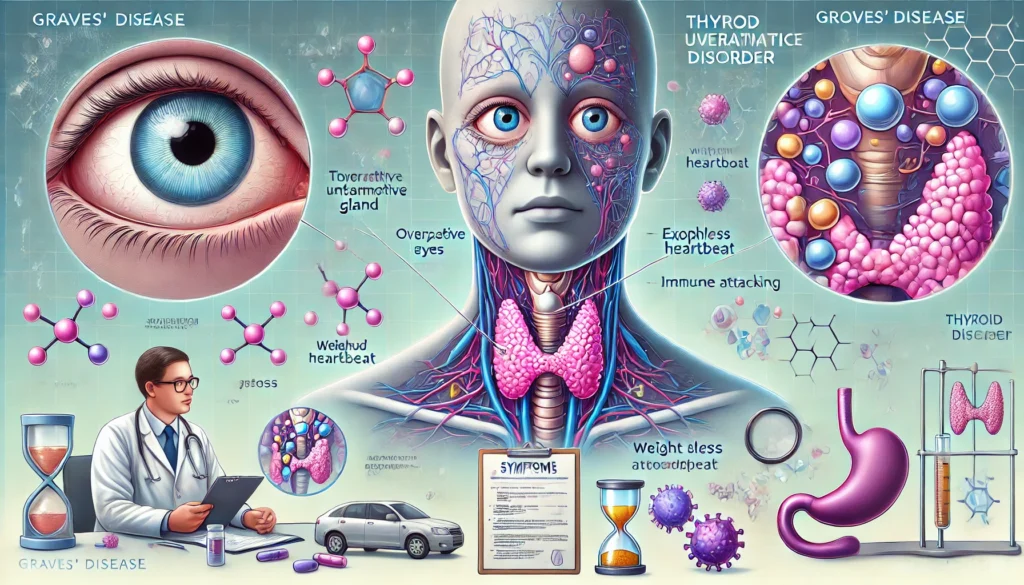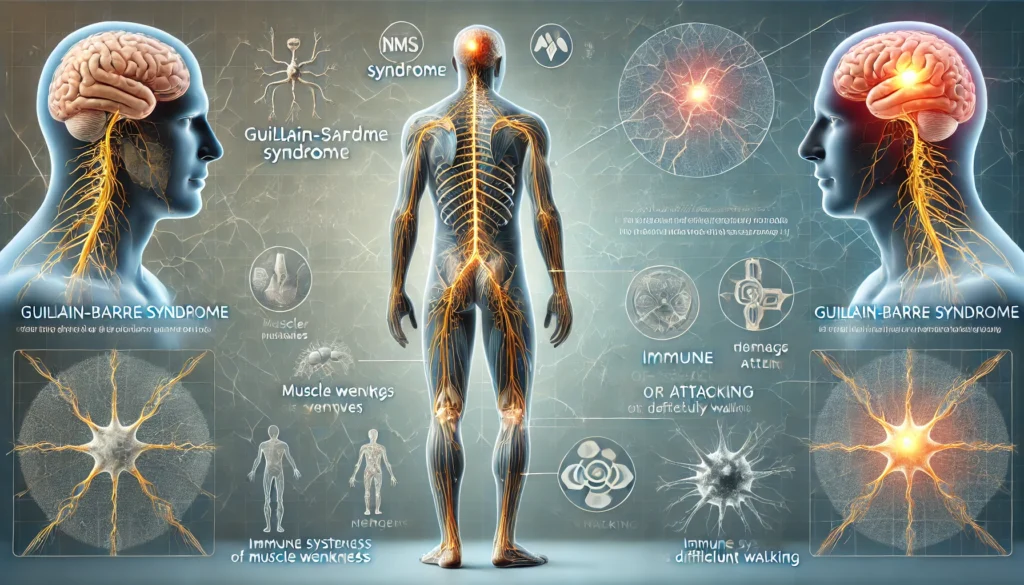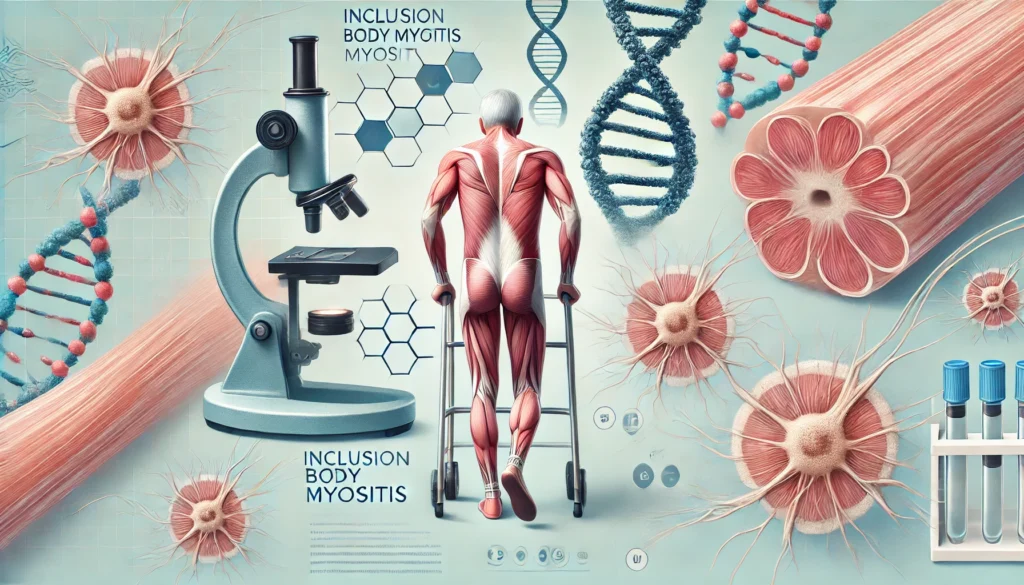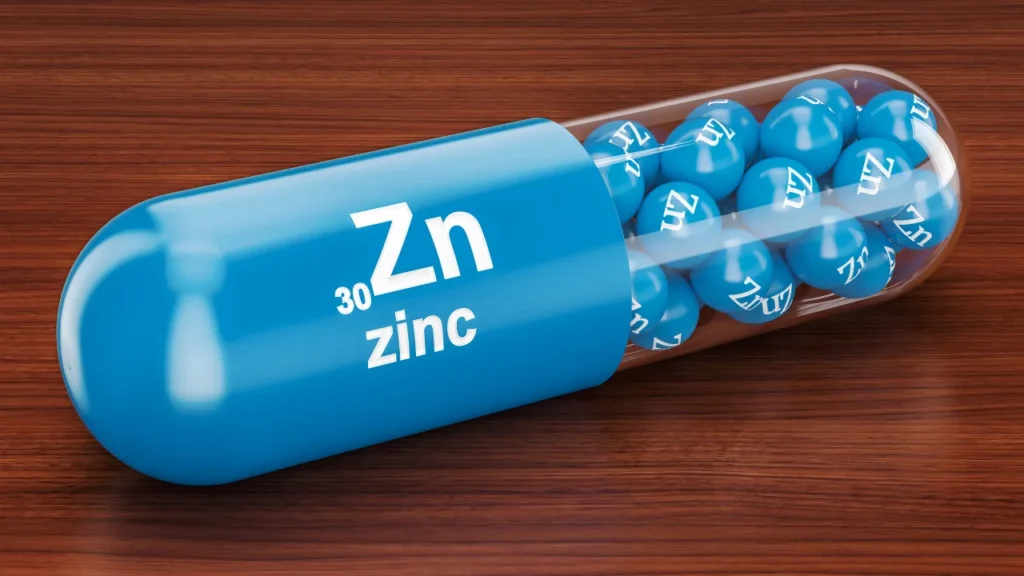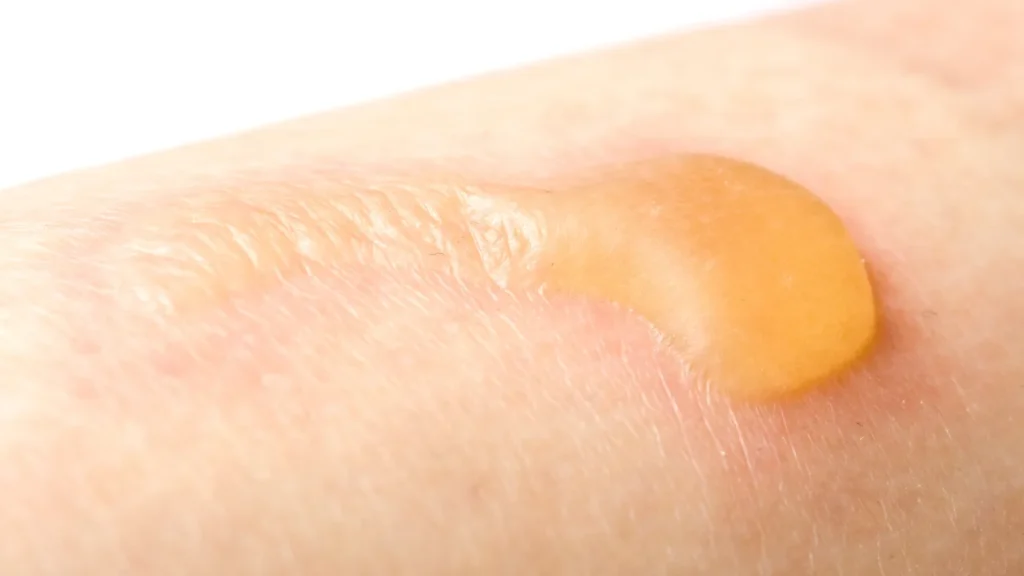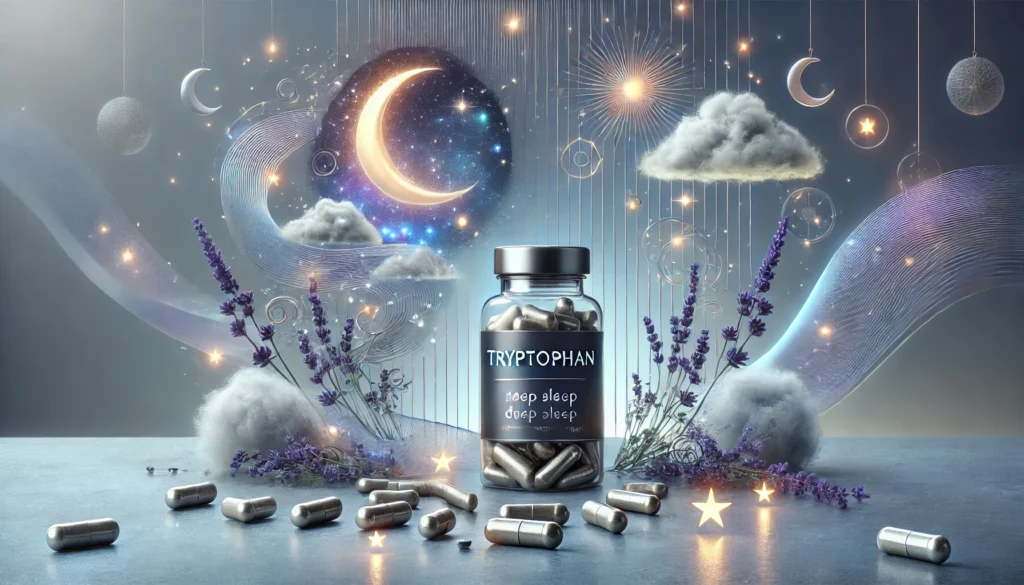Essential mixed cryoglobulinemia: Description, Causes, and Treatment Protocol
Description Essential mixed cryoglobulinemia (EMC) refers to a systemic form of vasculitis that mostly impacts tiny and small to medium-sized arteries and veins. Cryoglobulins, aberrant immunoglobulin complexes that are able to precipitate at low temperatures, are present in the blood and serve as a defining characteristic of the condition. EMC frequently manifests with a wide […]
Essential mixed cryoglobulinemia: Description, Causes, and Treatment Protocol Read More »
